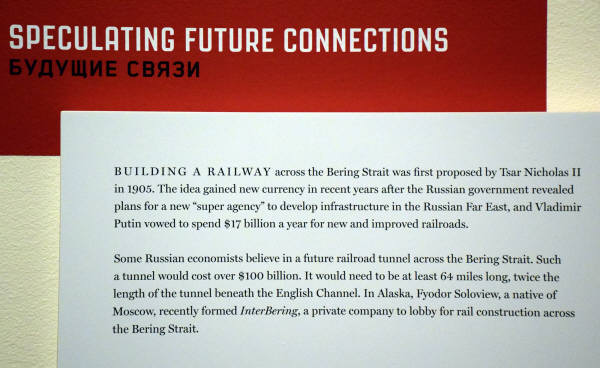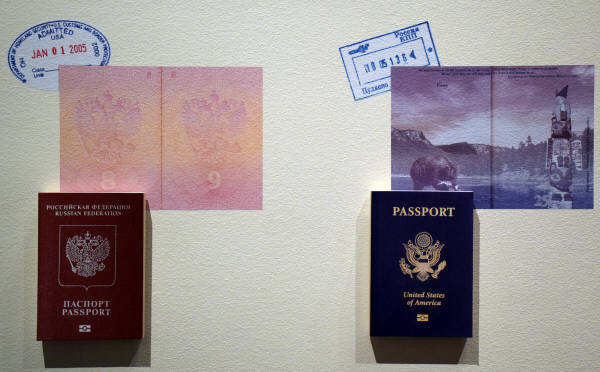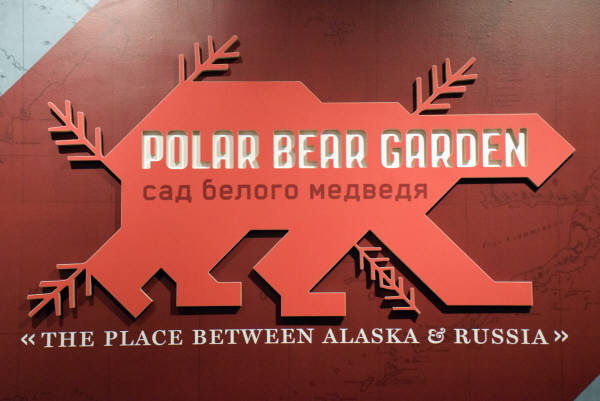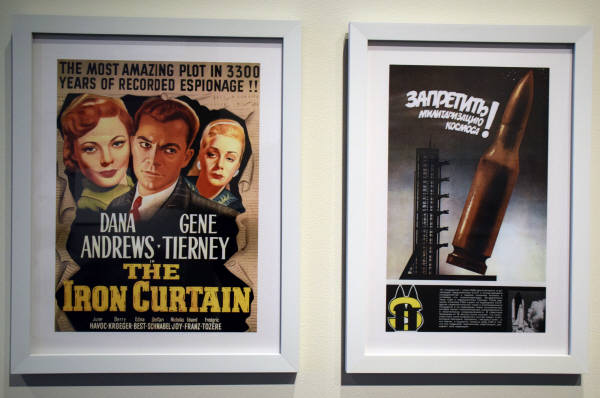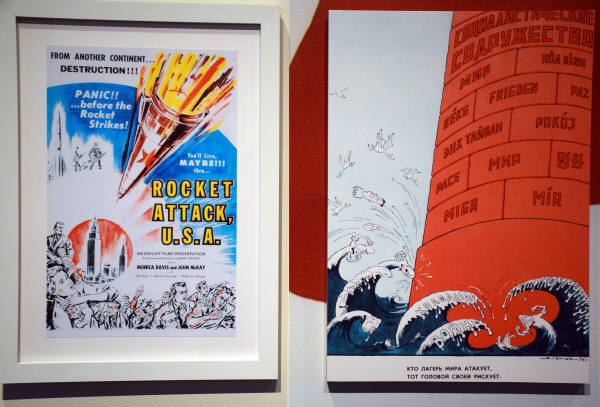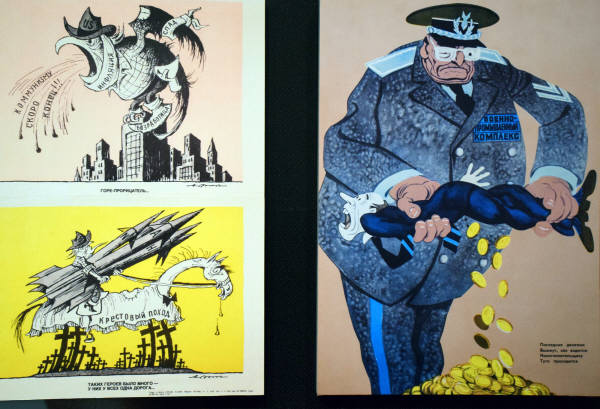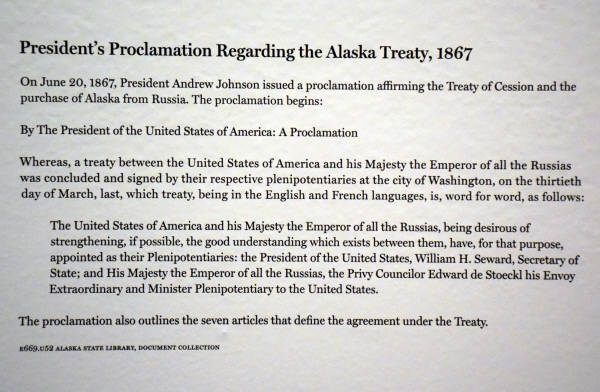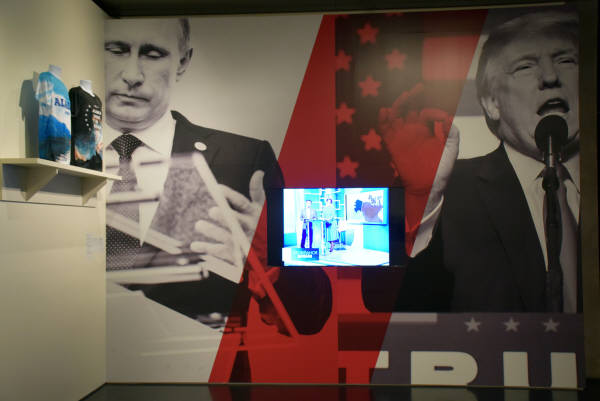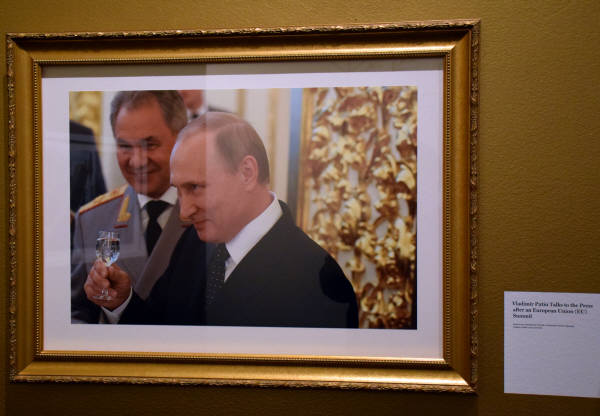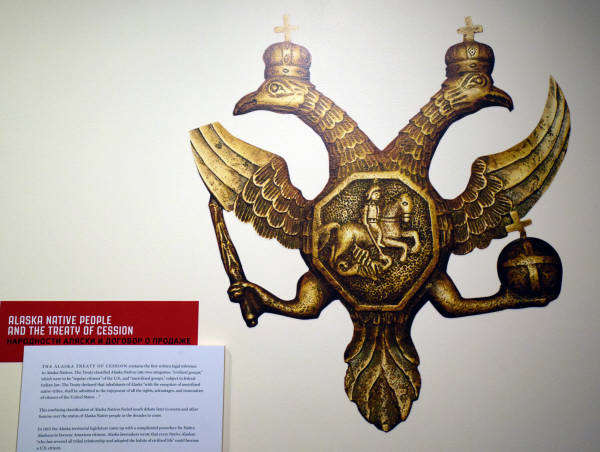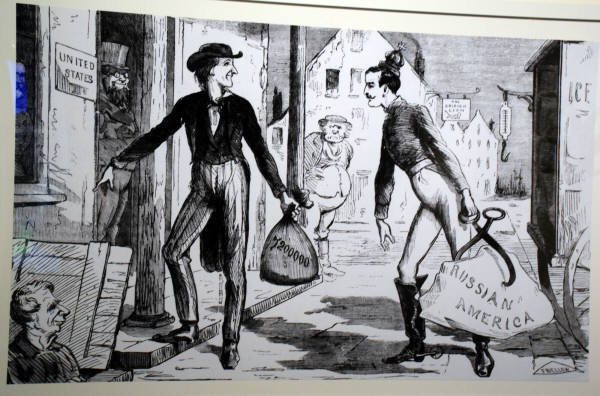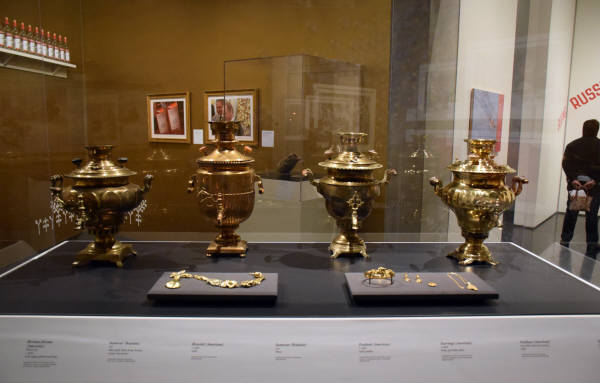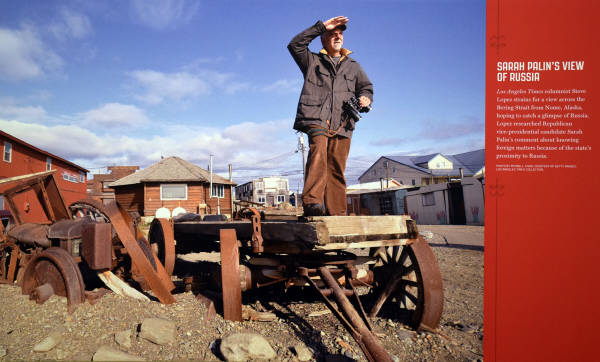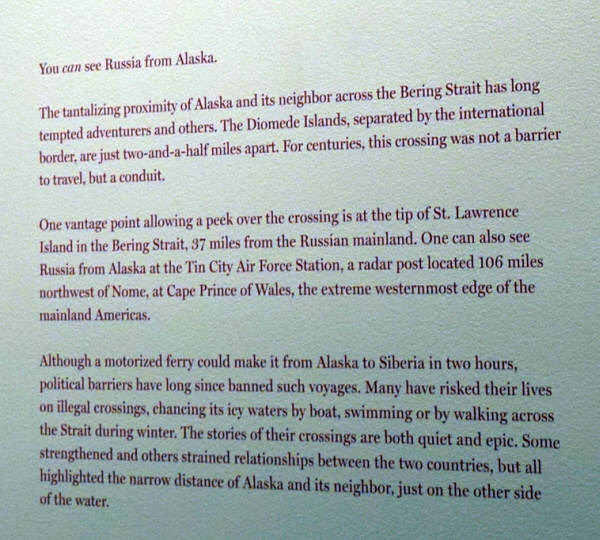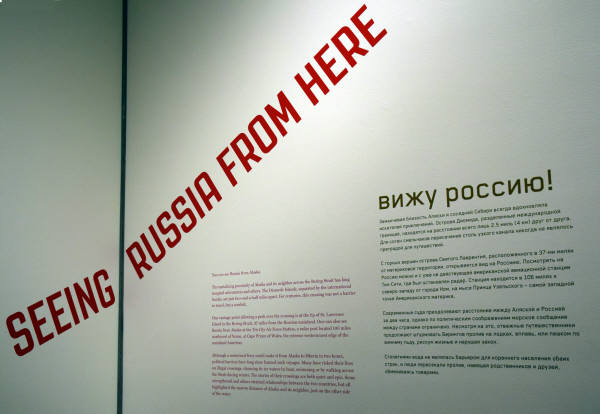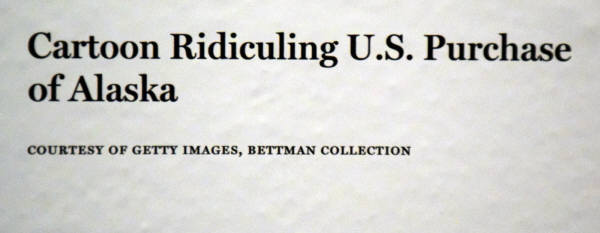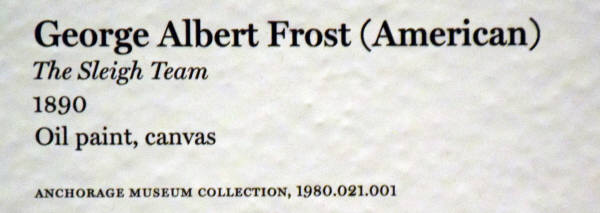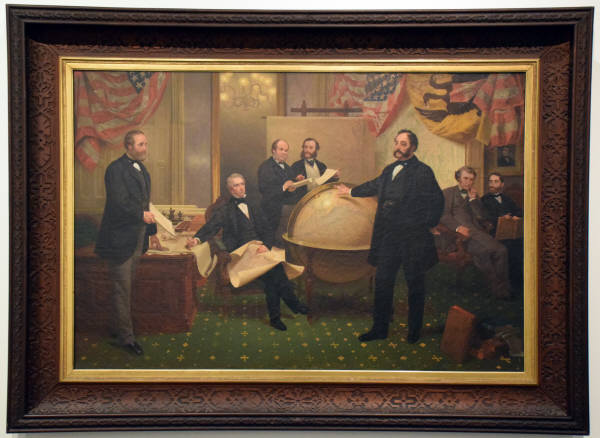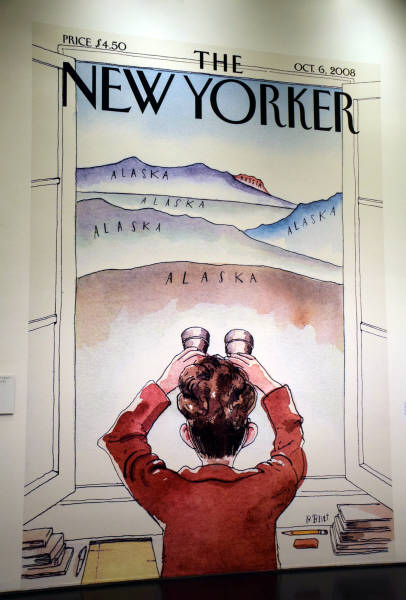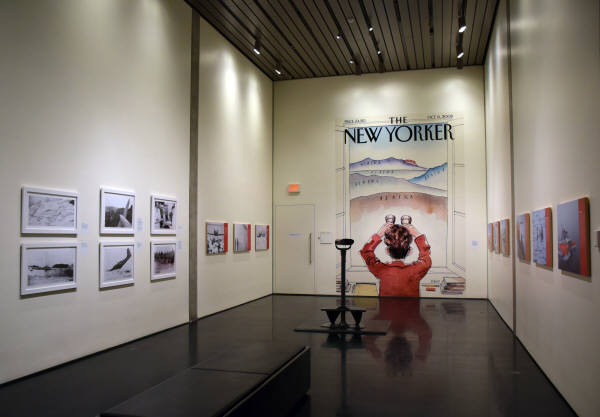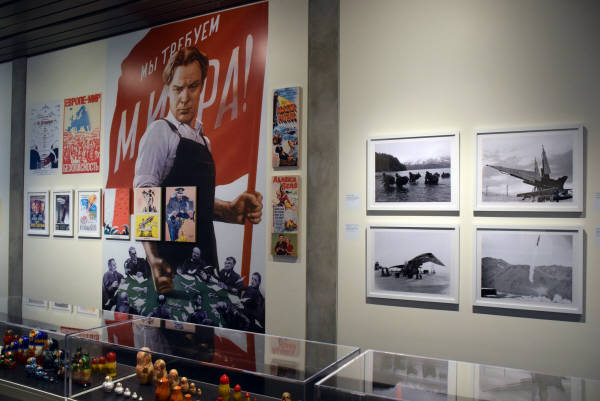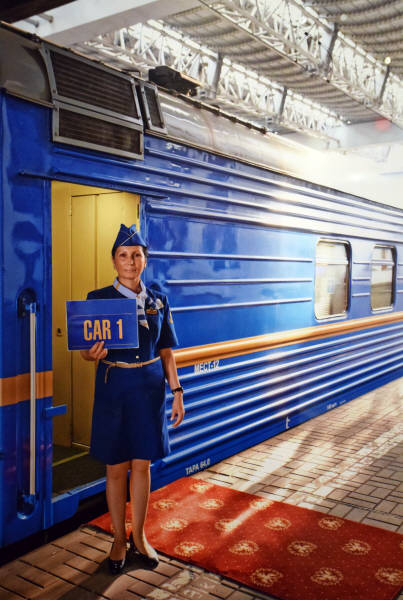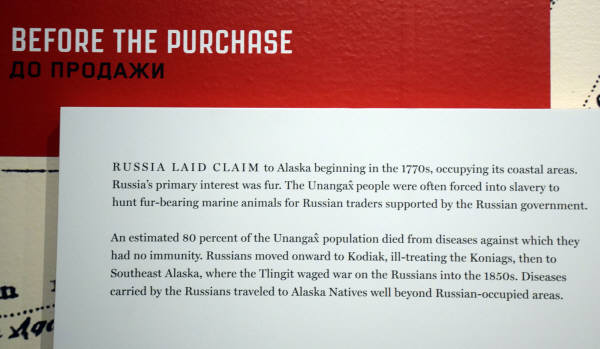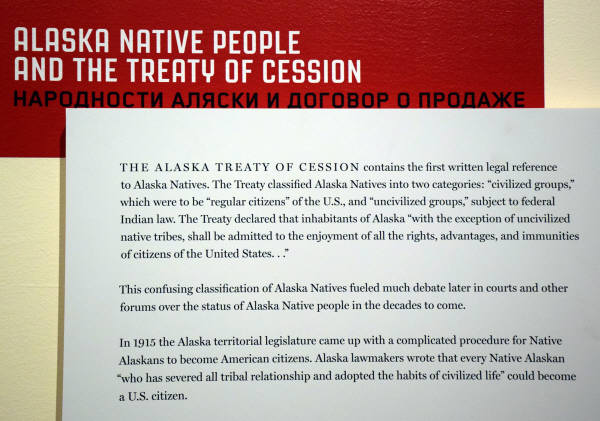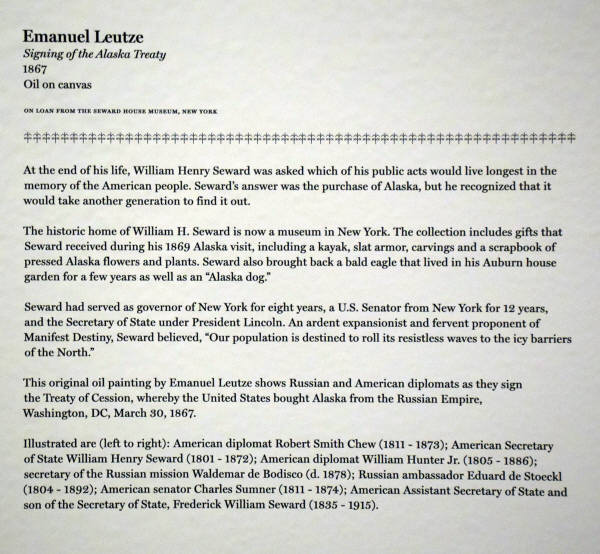Alaska and Russia are intimately connected by land and history but are also distant – separated by water, language, war and politics.
Ridiculed by Congress and the press as Seward's "ice box" and President Andrew Johnson's "polar bear garden," the 1867 purchase of Alaska from Russia was controversial at the time.
The U.S. purchased Alaska from Russia for less than two cents an acre, or $7.2 million. Opponents to the purchase called it "Seward's Icebox," Seward's Folly," and "Polar Bear Garden".
Today, ice, ambition, oil and commerce continue to define the complex relationship between Alaska and Russia. Talk abounds of Russia claiming for itself both Alaska and Crimea; of a bold Russian-led transcontinental railway project linking Siberia with North America; of traversing the Bering Strait through what could become the world's longest tunnel.
Building a railway across the Bering Strait was first proposed by Tzar Nickolas II in 1905. The idea gained new currency in recent years after the Russian government revealed plans for a new "super agency" to develop infrastructure in the Russian Far East, and Vladimir Putin vowed to spend $17 billion a year for new and improved railroads.
Some Russian economists believe in a future railroad tunnel across the Bering Strait. Such a tunnel would cost over $100 billion. It would need to be at least 64 miles long, twice the length of the tunnel beneath the English Channel. In Alaska, Fyodor Soloview, a native of Moscow, recently formed InterBering, a private company to lobby for rail construction across the Bering Strait.
Alaska and Russia's northern regions share more than propaganda; they are known for record cold, fur, ice cream, huskies, and the hardiest and most adaptable of people.
Objects in the exhibition include the historic treaty and the purchase check, on loan from the National Archives, as well as Balto*, the Siberian husky who led his team on the final leg of the 1925 serum run to Nome. Balto and his story is contrasted with the story of Laika, the Soviet space dog.
Archival and contemporary photographs combine with nesting dolls, cartoons, feature-length films, and Cold War propaganda to take viewers on a journey between Alaska and Russia since the purchase – exploring stereotypes, language, storytelling, boundaries and crossings.
Note: Balto has returned to the Cleveland Museum of Natural History.
Source: Anchorage Museum https://www.anchoragemuseum.org/exhibits/polar-bear-garden/
The Anchorage Museum brings the best of Alaska to the world and the best of the world to Alaska.Through a combination of art, history and science the Anchorage Museum creates a rich, deep understanding of the human experience and offers something for everyone.
Address: 625 C Street, Anchorage, AK 99501









